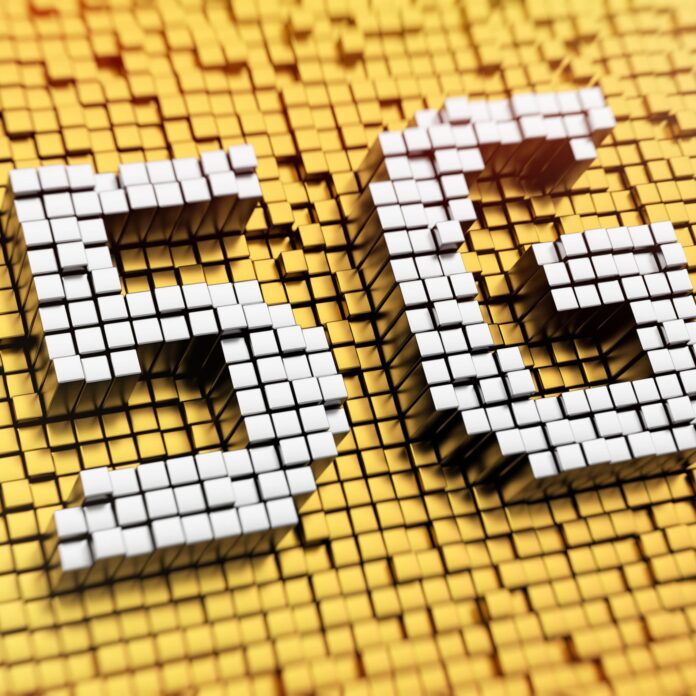Chinese ICT vendor Huawei, in tests with various global service providers, is working to validate technologies seen as core to future 5G networks. Trials have focused on massive multiple input, multiple out, deployment in high band millimeter wave (mm wave) spectrum and end-to-end network slicing–the automated ability to create an application-specific connection between devices and cloud services.
Telkomsel
With Indonesian carrier Telkomsel, Huawei recently demonstrated massive MIMO on an FDD LTE network, and reported a 5x capacity increase compared to the same network with 2×2 MIMO. Telkomsel is looking to use massive MIMO to boost network capacity given what Huawei described as “scarce spectrum availability and challenging site acquisitions.” To fully explore how Telkomsel can evolve from LTE, the carrier and Huawei set up a Joint Innovation Center.
Telkomsel Network Director Sukardi Silalahi said massive MIMO “can increase the capacity without adding sites and spectrum, thus reducing the cost per bit. As a part of roadmap and road to 5G implementation in Telkomsel, we will continue to work with our partner…to explore other technical breakthroughs to continue improving our user experience and building best network.”
China Mobile
With compatriot service provider China Mobile, the largest mobile carrier in the world, Huawei recently demonstrated augmented and virtuality reality applications using mm wave and sub-6 GHz spectrum simultaneously to deliver 22 Gbps throughput and less than 0.5 millisecond latency. The demo used “5G Dual Connectivity,” using spectrum in the 3.5 GHz band and frequency in the Ka band, which covers from 26.5 GHz to 40 GHz.
Huawei describes 5G as supporting full spectrum access with mm wave providing capacity and coverage in densely populated hot spots, with complementary sub-6 GHz spectrum providing a continuous experience outside of hot spots.
Deutsche Telekom
With German operator Deutsche Telekom, Huawei demonstrated end-to-end network slicing, including the radio access, transport and core networks; the test took place at DT’s 5G:haus facility in Bonn. 5G is viewed as a a unified air interface that will support a huge variety of use cases and applications ranging from NB-IoT and other low-capacity services, all the way to mission critical communications that demand ultra low-latency and ultra high capacity like remote industrial control.
“Network Slicing is the most important innovation for 5G,” Bruno Jacobfeuerborn, Deutsche Telekom’s CTO, said. In addition to network slicing, the demo with Huawei further included massive MIMO C-band and mobile edge computing. “We show that these 5G capabilities can be provided as on-demand network services for diverging use cases in the near future.”
3 Hong Kong
Huawei is working with carrier 3 Hong Kong on 5G and its impact on the internet of things. As it evolves to 5G, 3 Hong Kong has worked with Huawei to eventually leverage massive spectrum holdings into a five-channel carrier aggregation. The service provider has spectrum in the 900 MHz, 1800 MHz, 2100 MHz, 2300 MHz and 2600 MHz bands.
In addition to advanced carrier aggregation, 3 Hong Kong is working on small cell networks, transitioning to a cloud-based infrastructure, NFV and massive MIMO. “These efforts will enable the timely launch of services to meet market demand as soon as the 5G standard and Hong Kong’s spectrum plans are confirmed,” Cliff Woo Chiu-man, executive director of CEO of 3 Hong Kong parent HTHKH, said.
Telenor
Telenor Group, headquartered in Norway with operations in 13 countries in Central and Eastern Europe and Asia, worked with Huawei to achieve a max demo speed of 70 Gbps in E-band spectrum with multi-user MIMO. The companies said E-band multi-user MIMO can push 20 Gbps to a single user. Telenor Group CEO Sigve Brekke said the company planned to continue testing 5G in its home market.
Earlier this year Telenor Research released a report pegging 2017 as a big year for 5G trial activity focused on technology capabilities, system aspects for vertical ecosystems and new market opportunities offered by 5G verticals such as health care, automotive and energy.
Click here to learn about Ericsson 5G trial activity, and click here to read about how Nokia is testing 5G.

